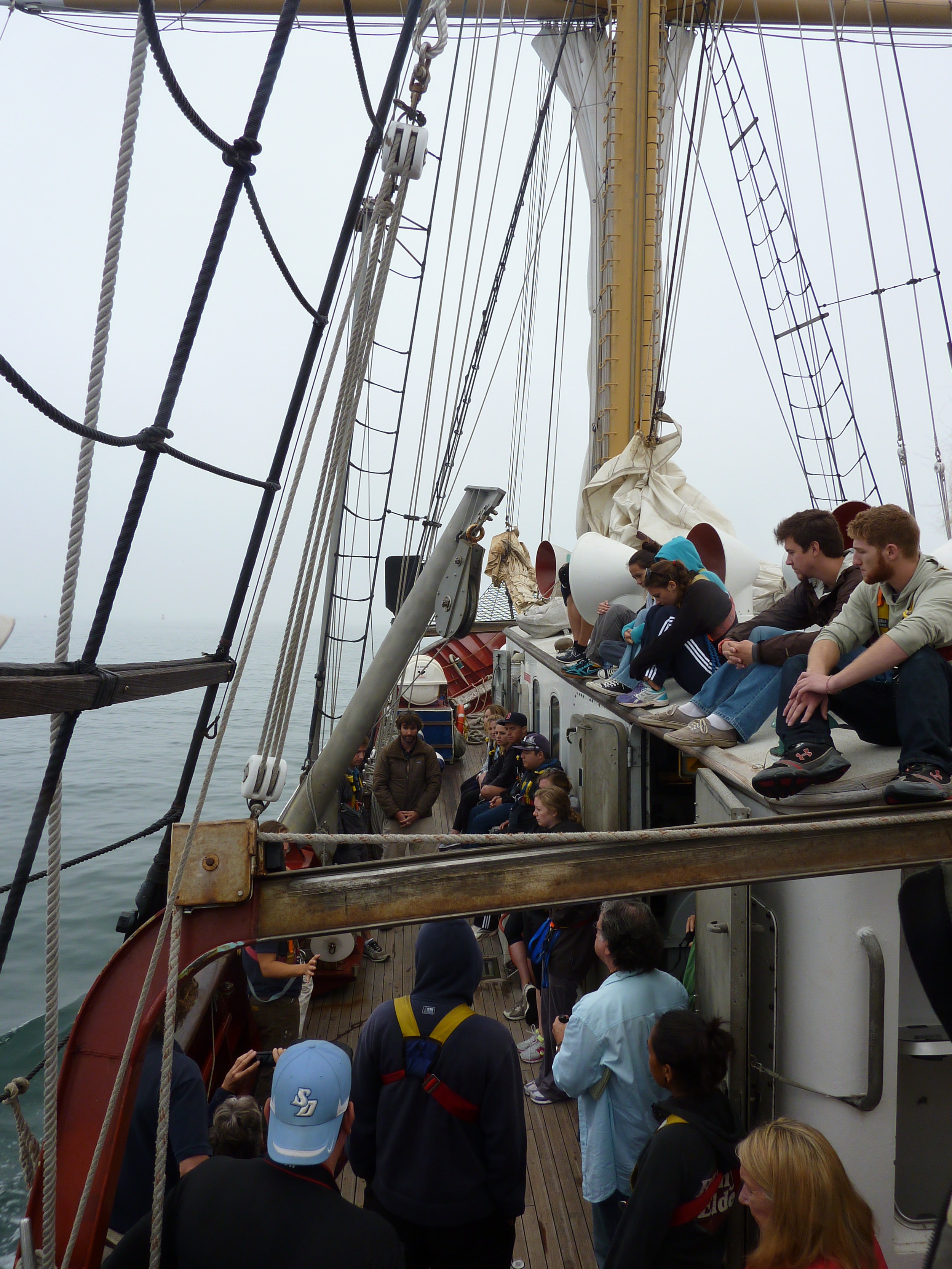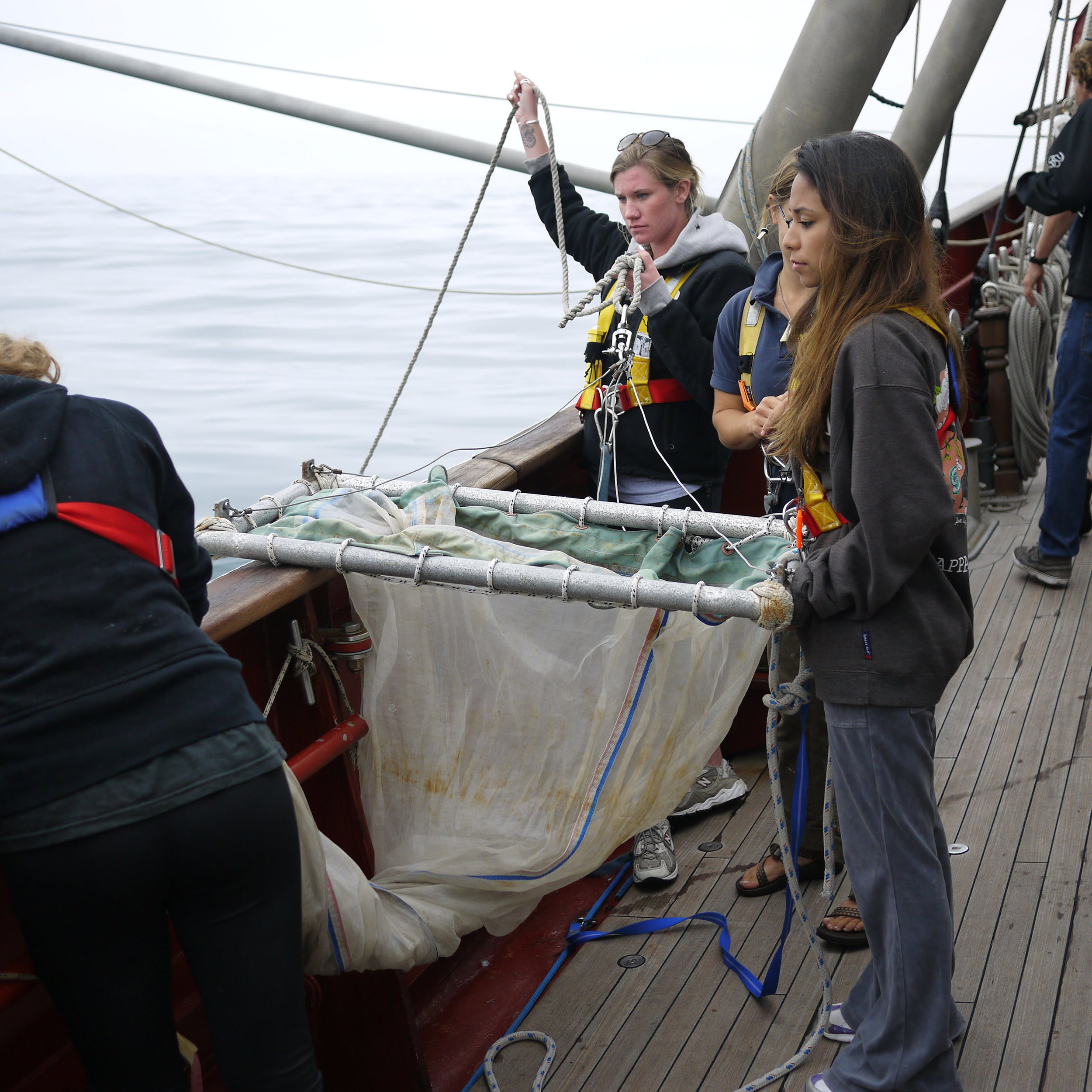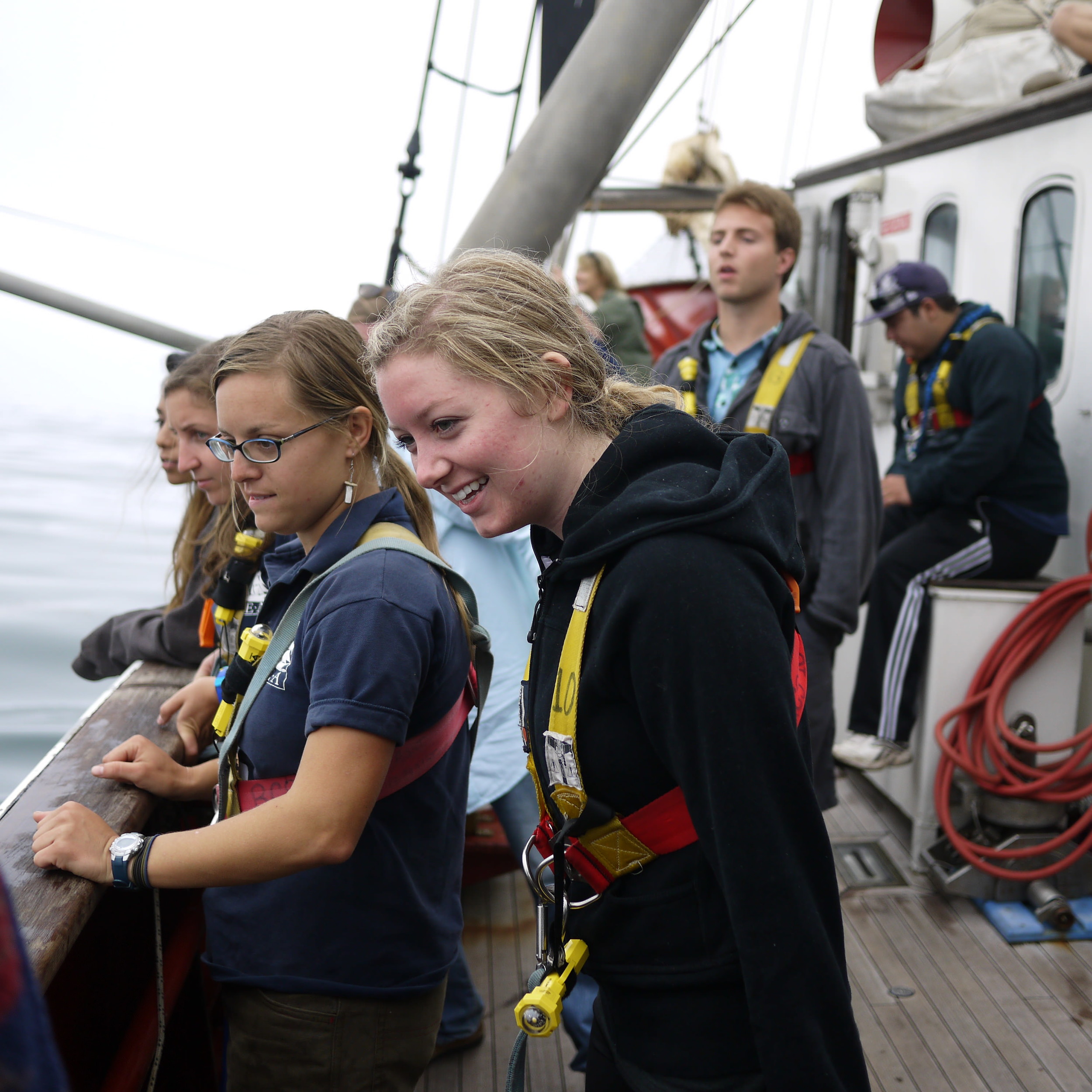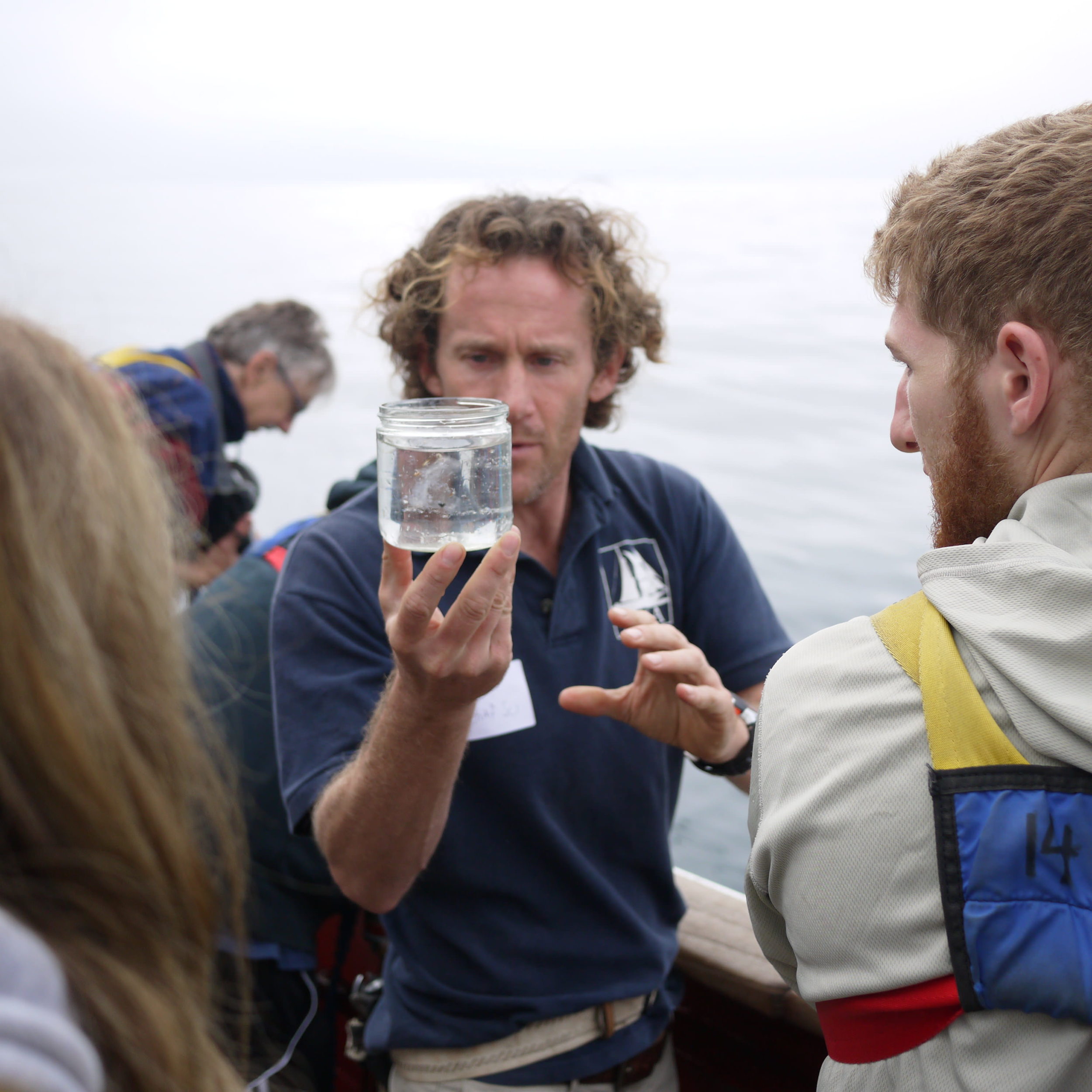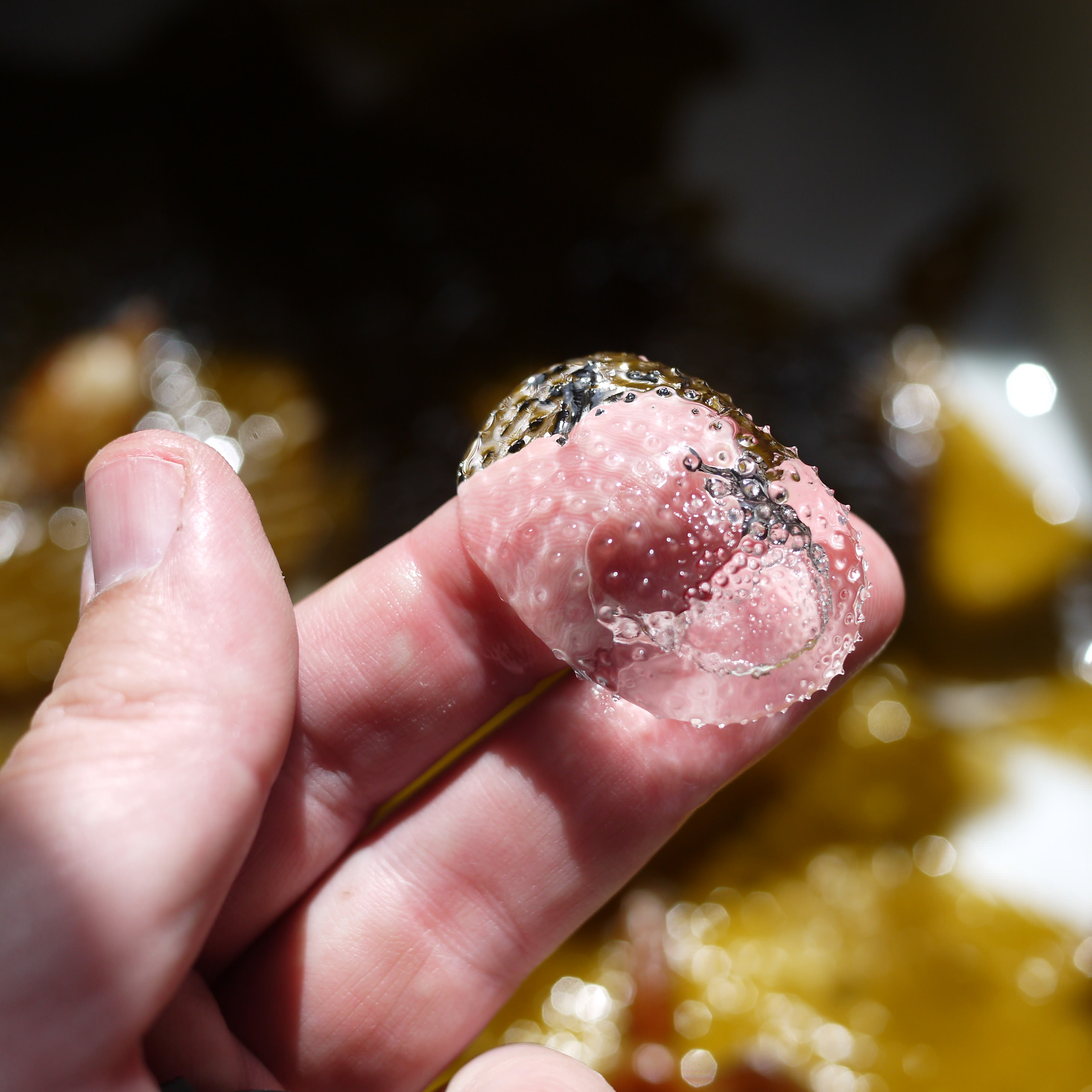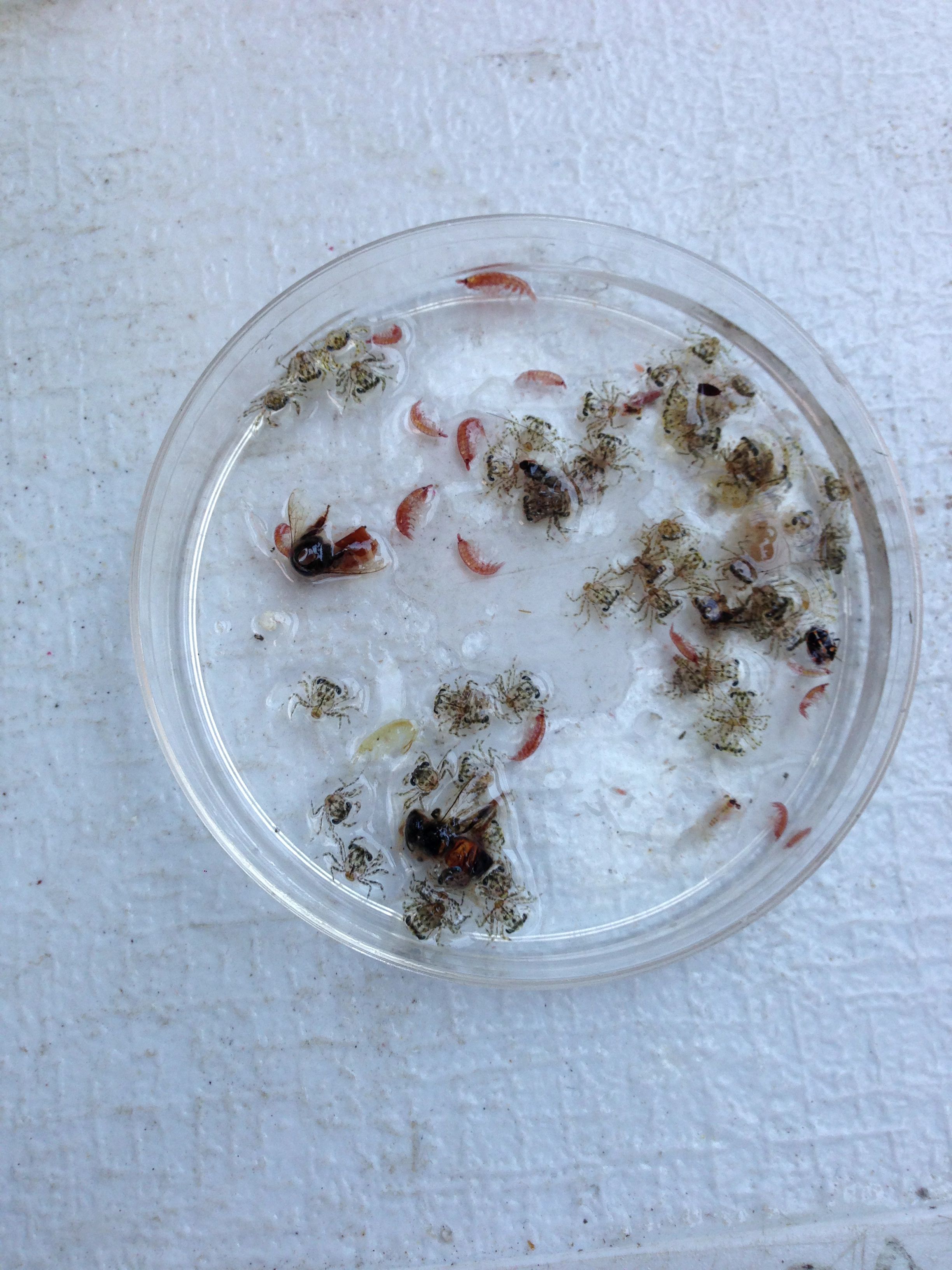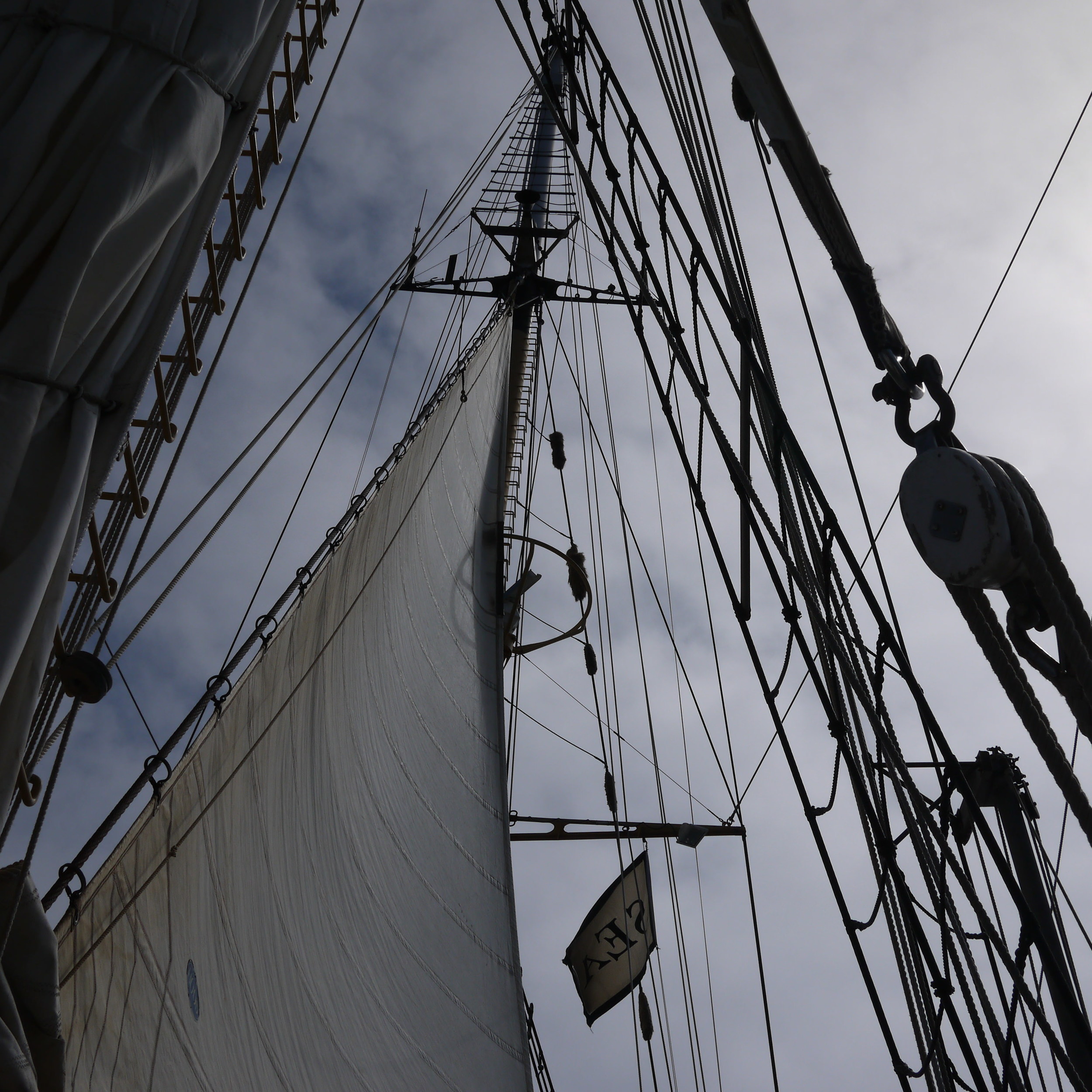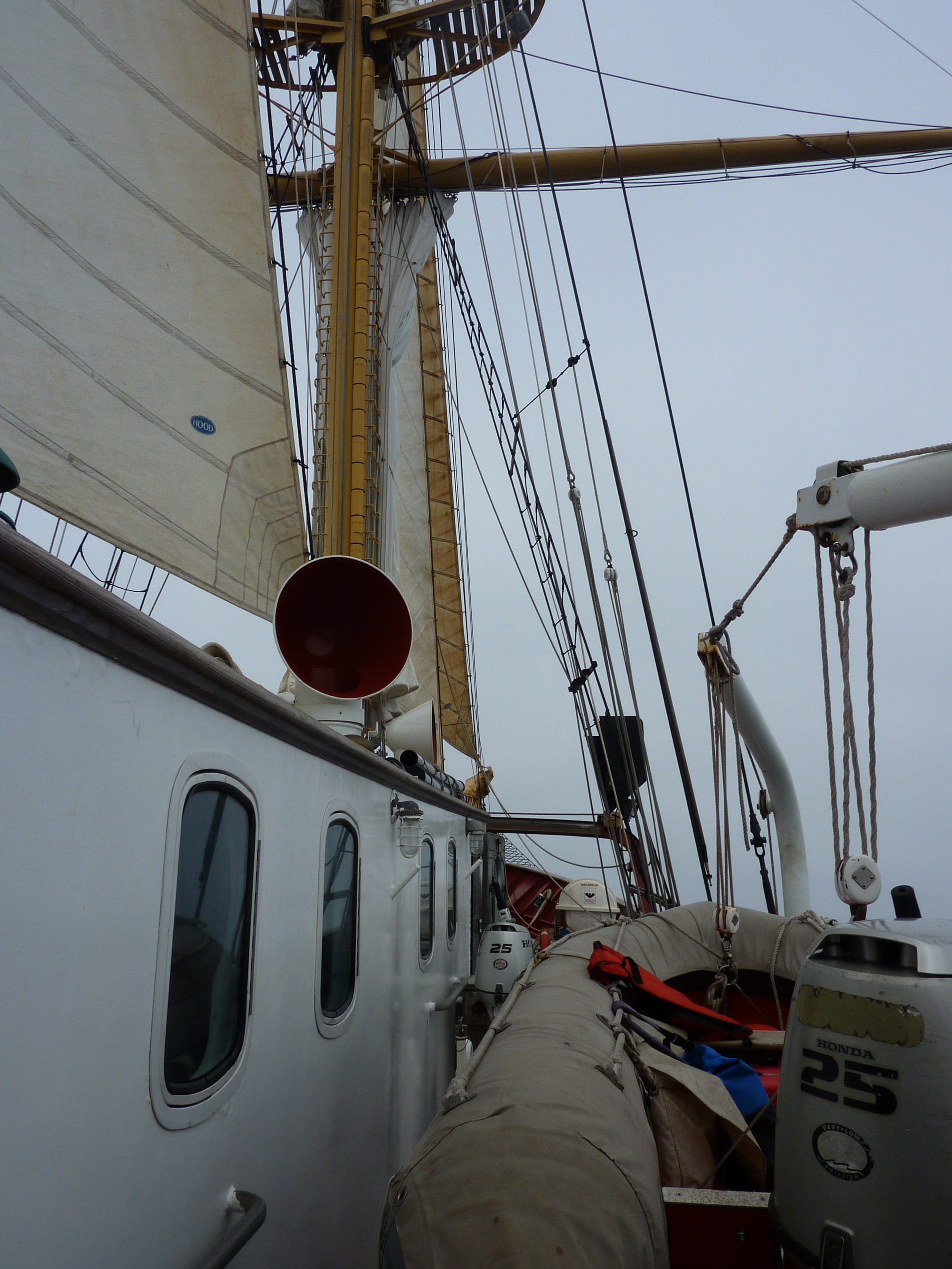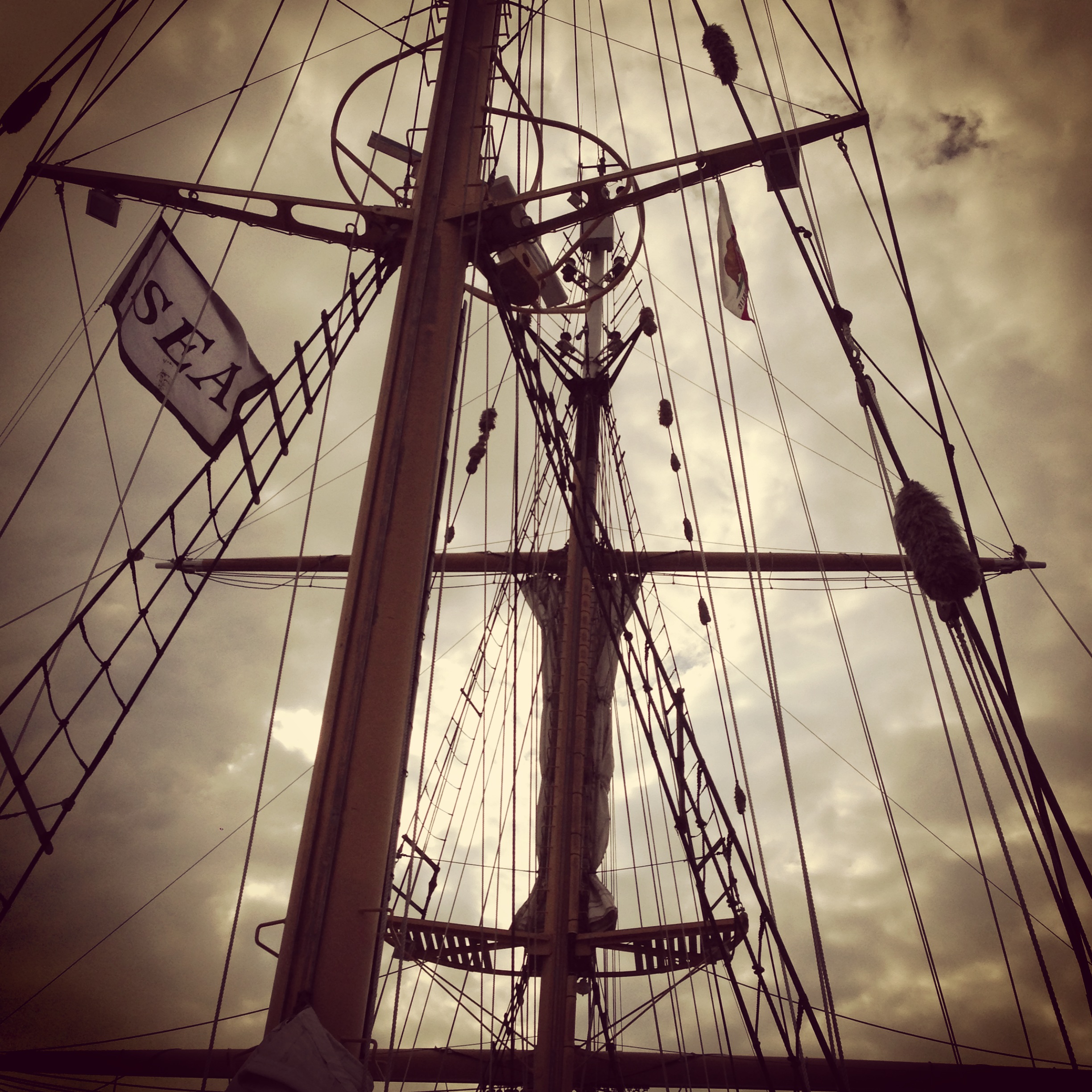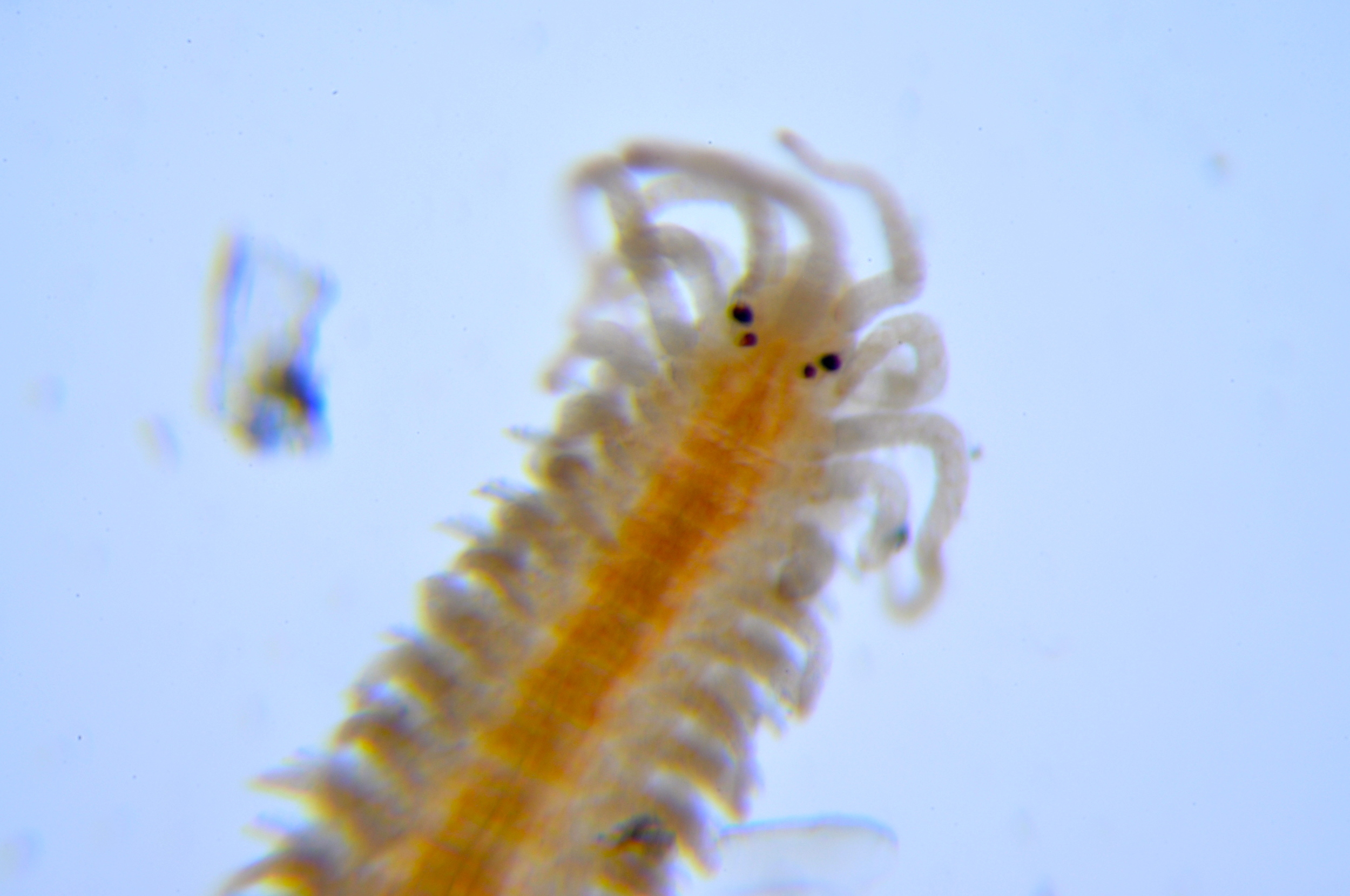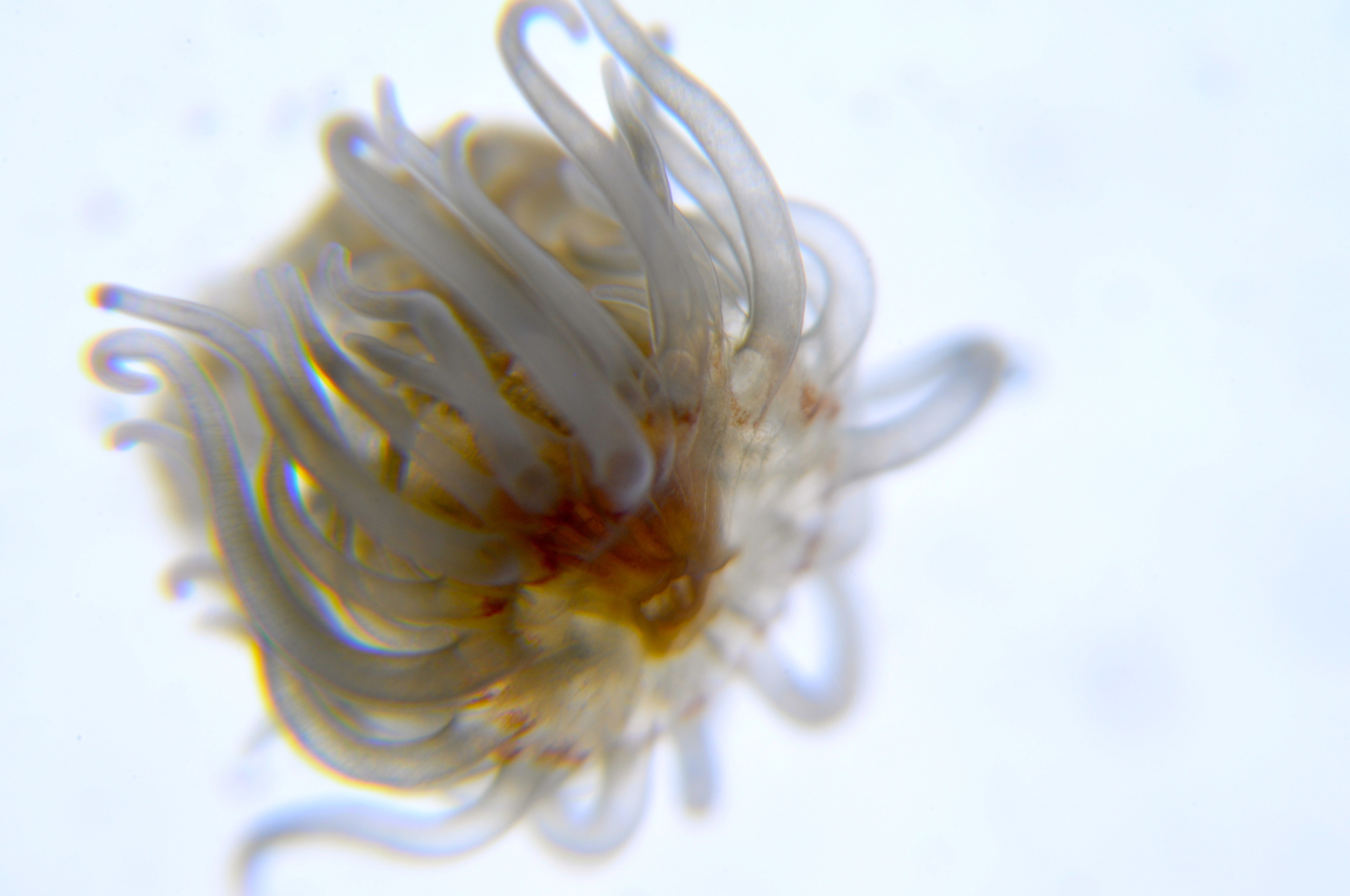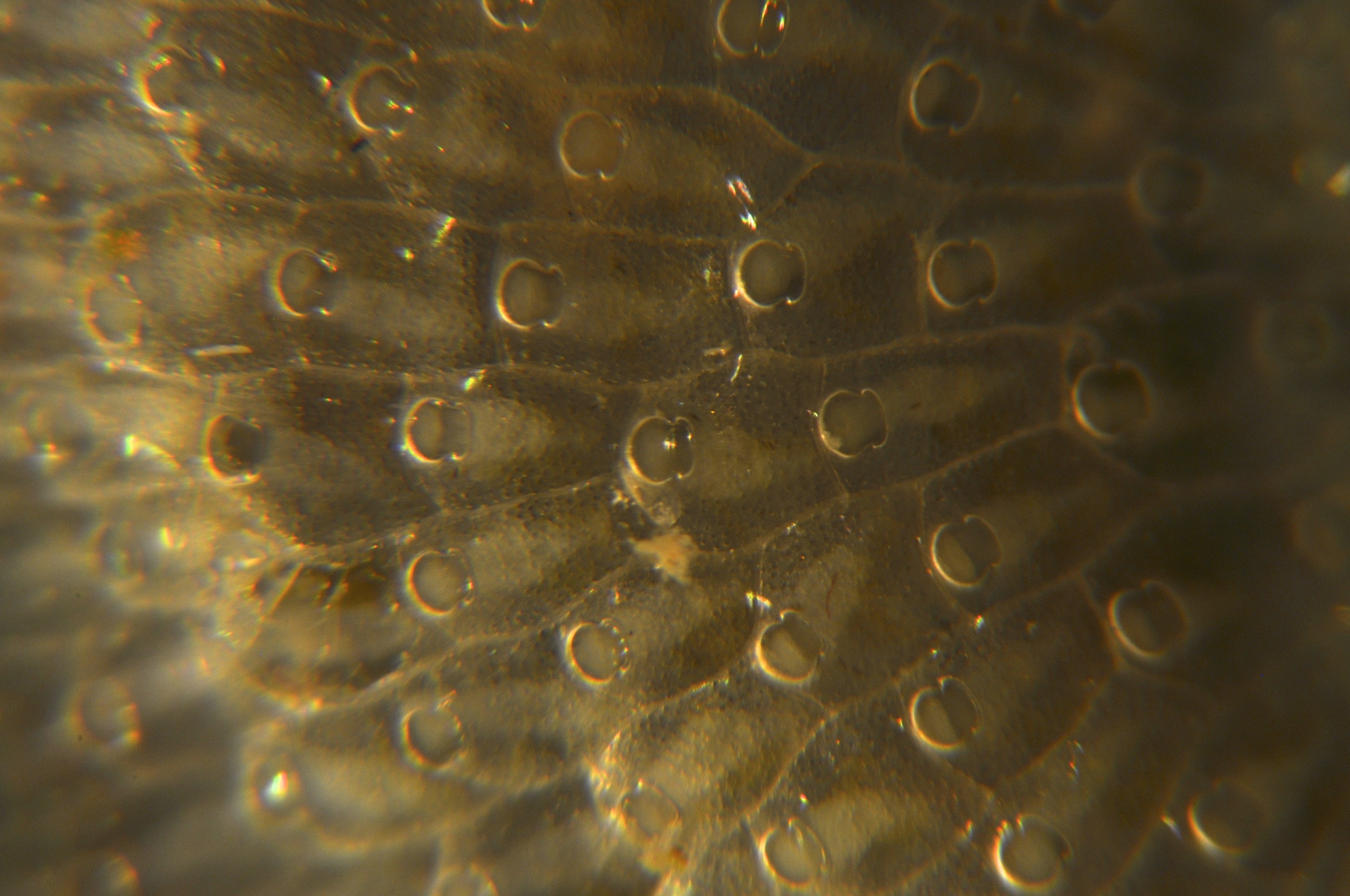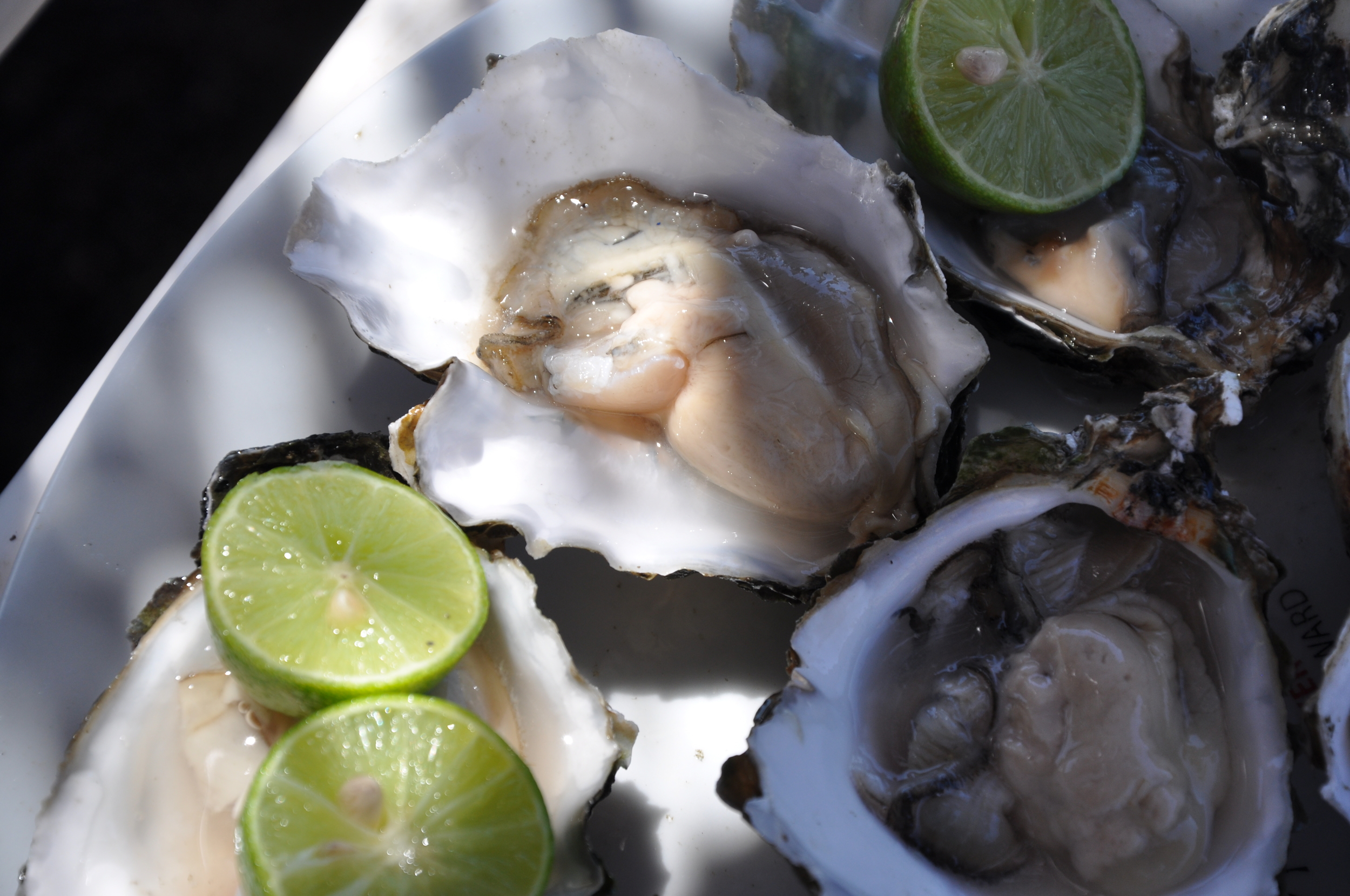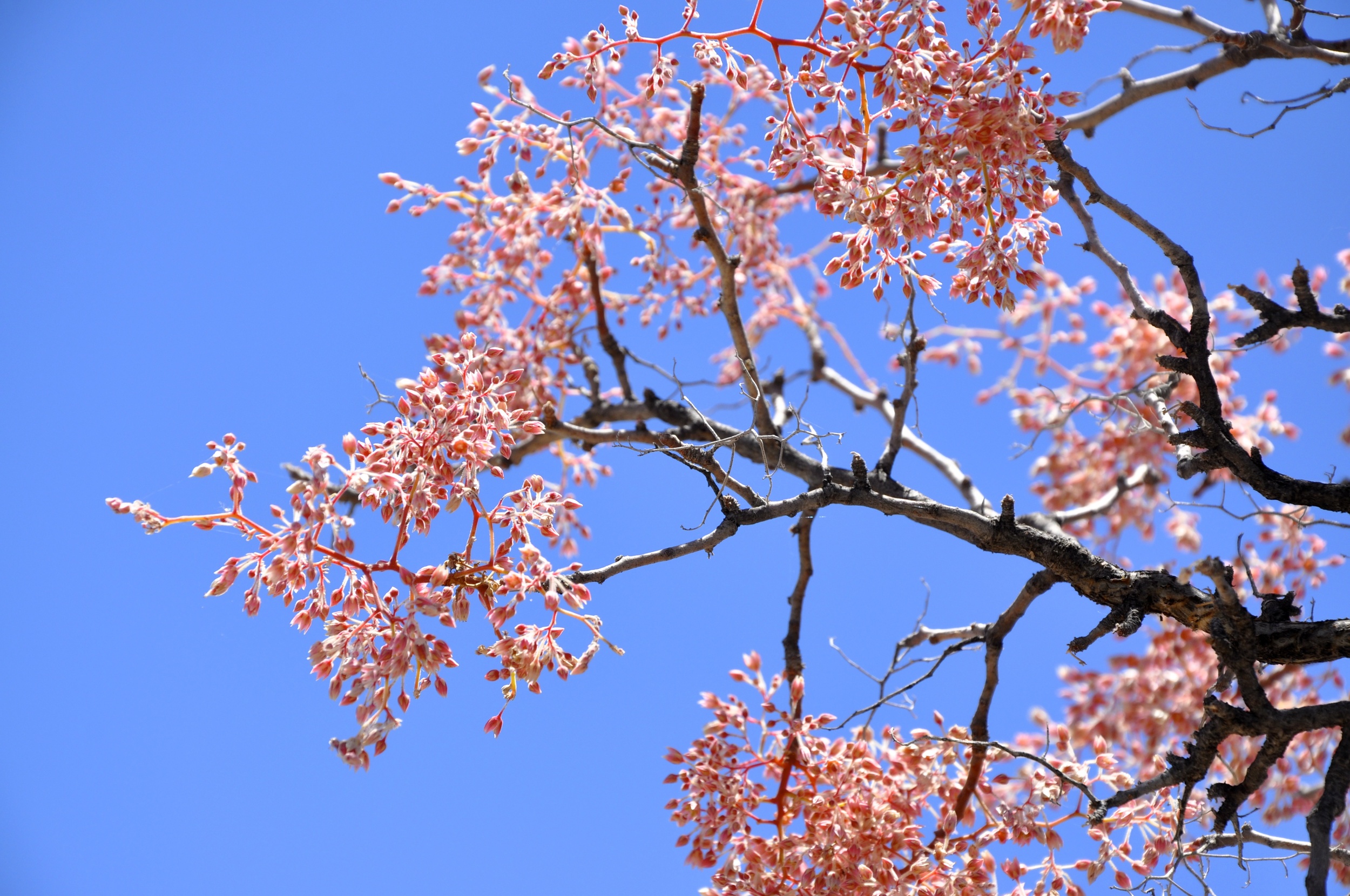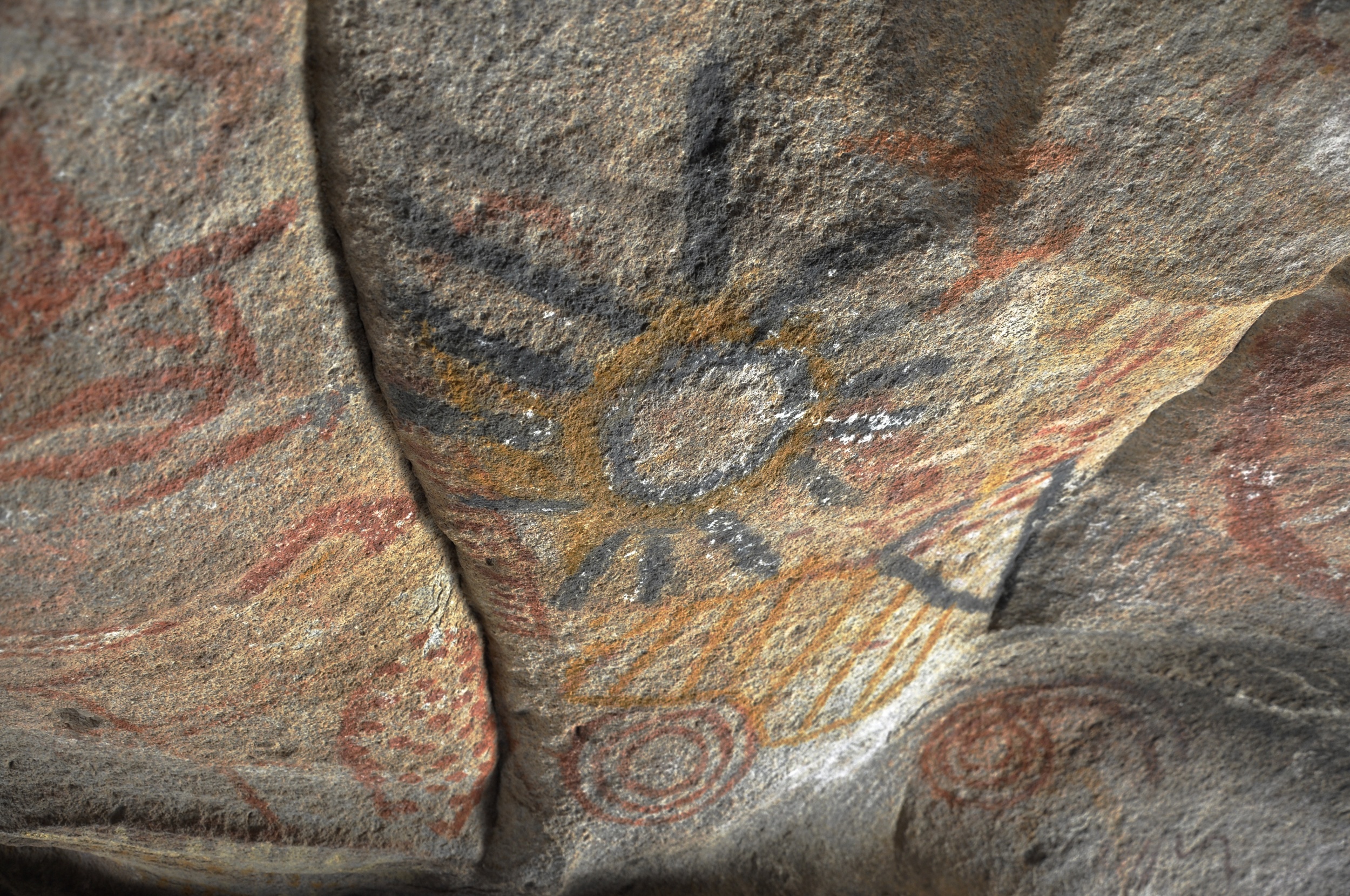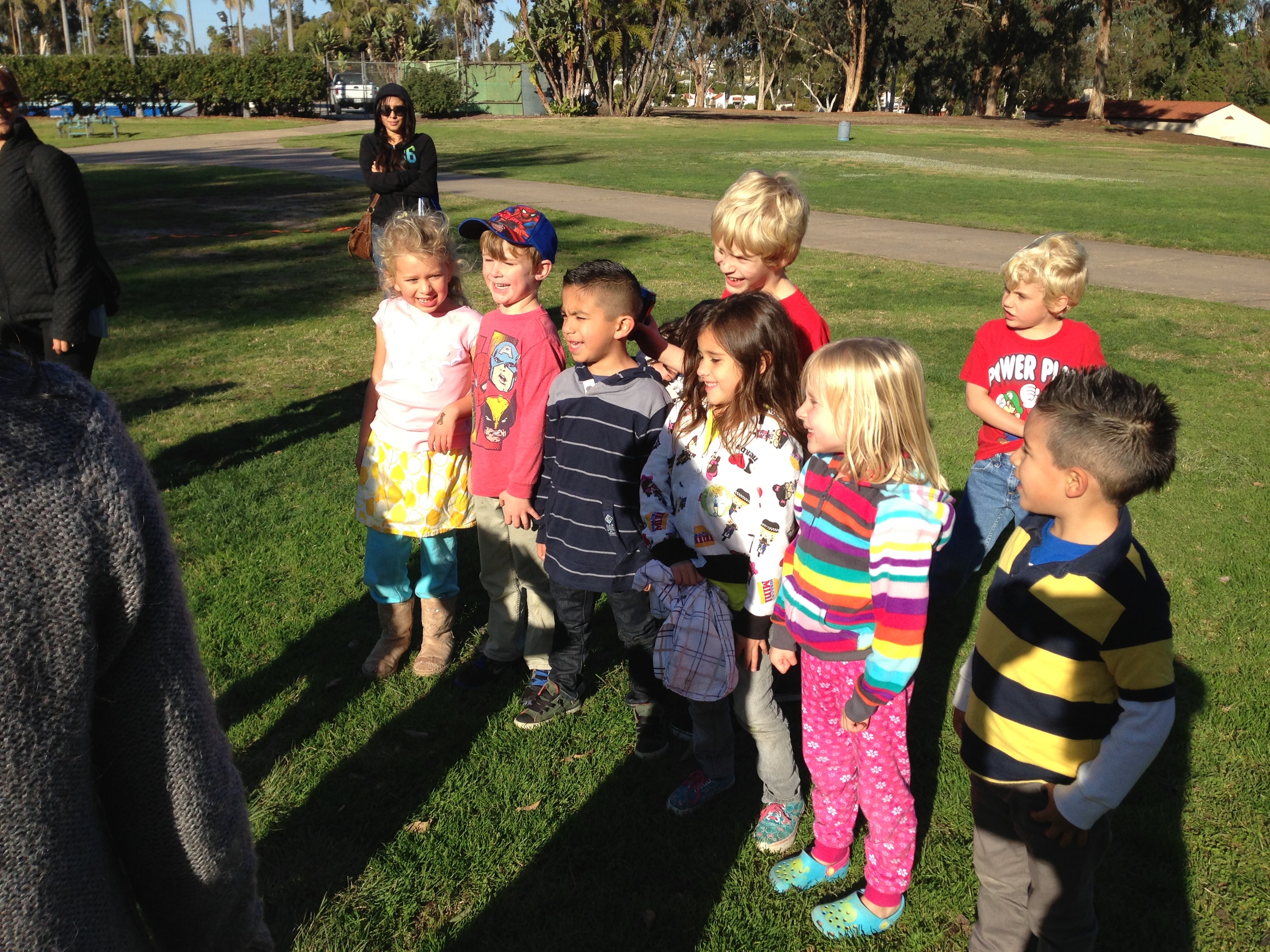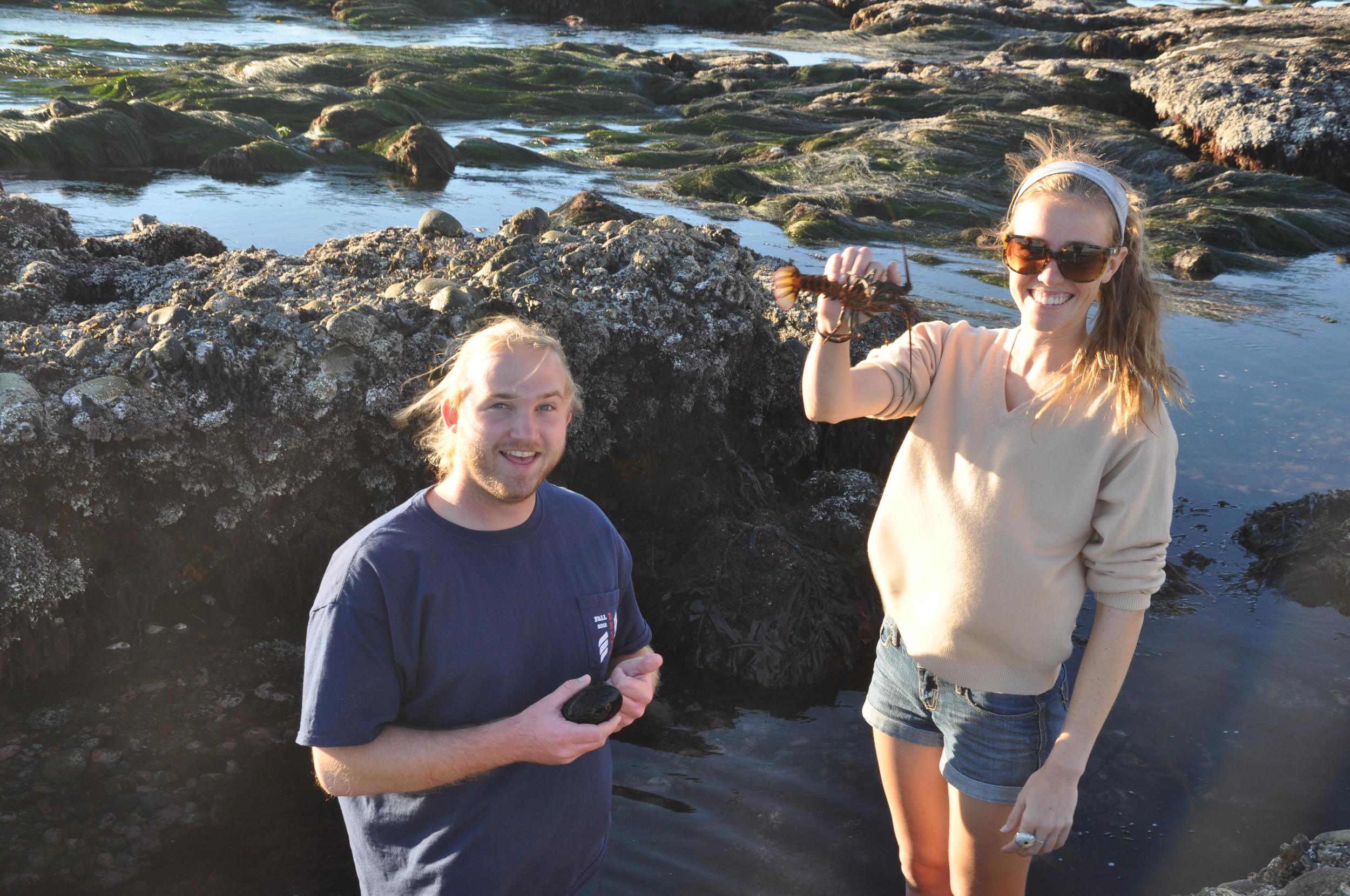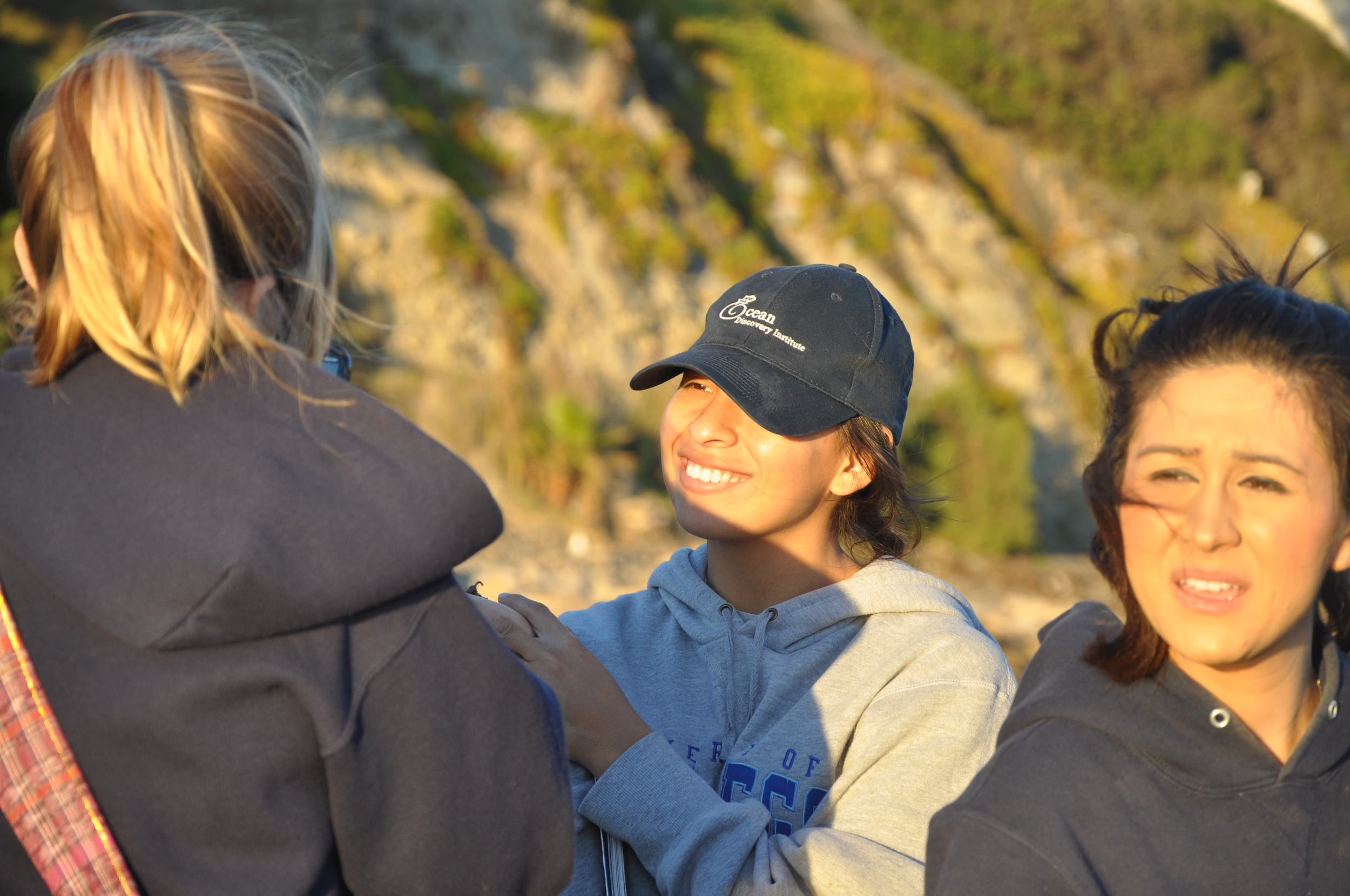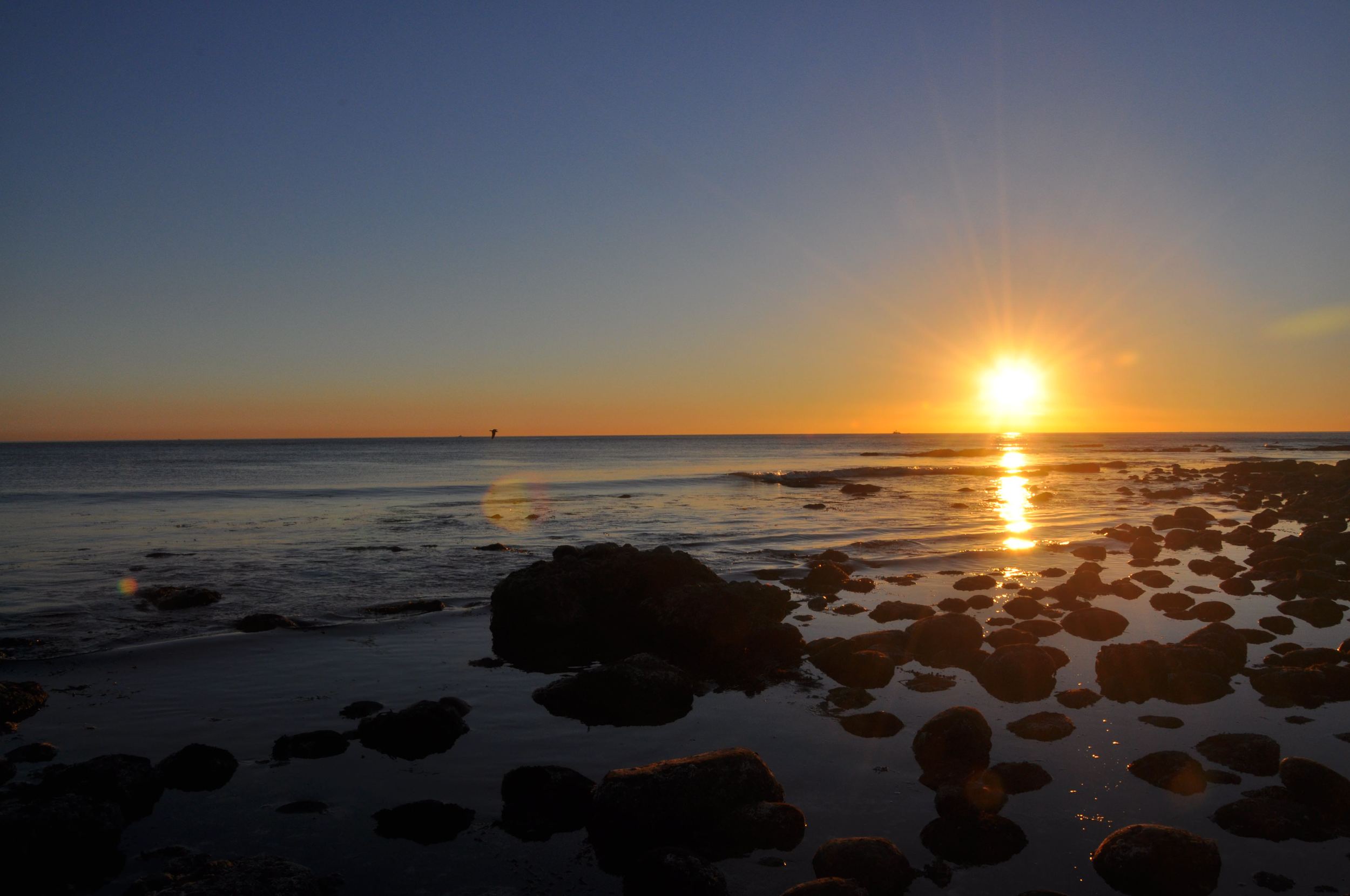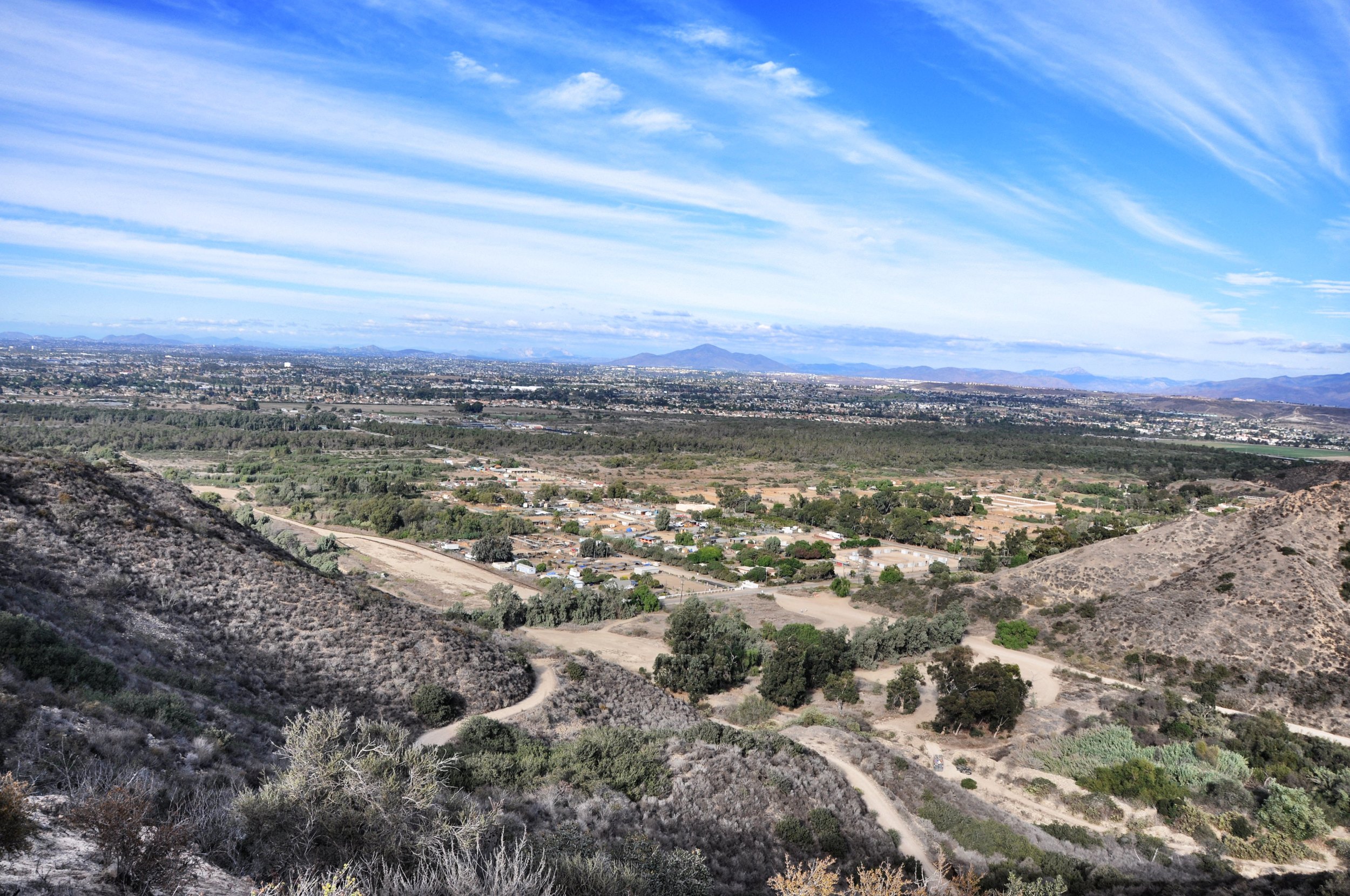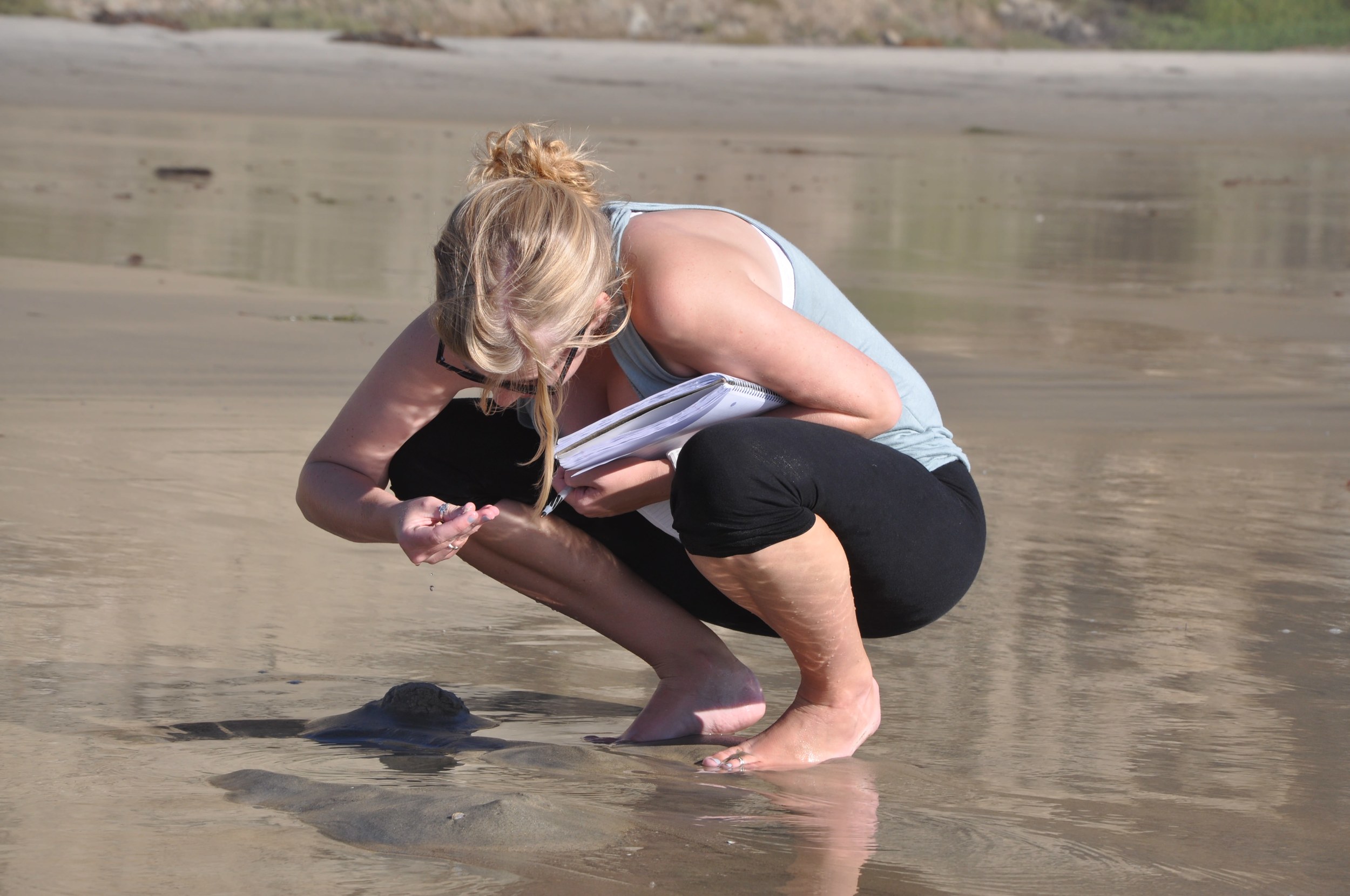We had our annual research cruise for Biological and Geological Oceanography here in the Marine Science & Environmental Studies department, and this year was a new collaboration with the Sea Education Association. It was a phenomenal couple of days at sea - the students got to participate in all aspects of both sailing and research, from deploying neuston nets to setting the sails; we saw lots of great marine life (whales, dolphins, pteropods, and more); and we got to meet Brad Perry from KUSI news.
SEA is a fantastic program, and everyone there, from the captain and chief scientist to the stewards and deck hands was enthusiastic, knowledgeable, and eager to share information about the ship, the physics/biology, and the history of sailing and oceanography. Plus, fresh-baked bread for our sandwiches? Crazy.
These pictures give a little taste of what the trip was like, but cannot do justice to what a great experience it was for our students, and how fun it is to be doing science on this ship. Now I look forward to analyzing the data and seeing what we find.

